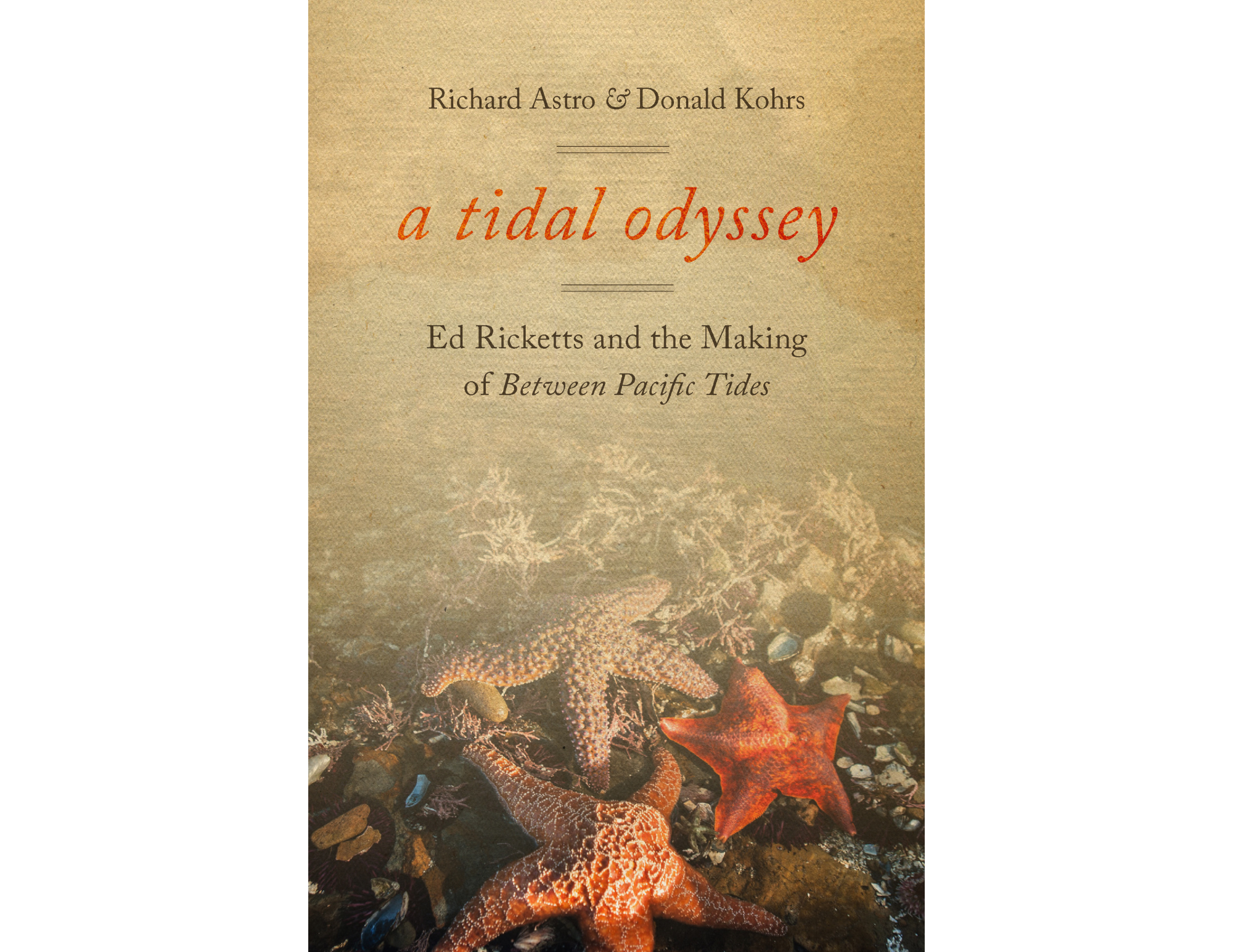In 1769, German philosopher GE Lessing observed that in “nature everything is connected, everything is interwoven, everything changes with everything, everything merges from one into another.” However, with the rise of natural science and experimental methods, this truth seemed to be forgotten. Biology became a domain where one looked at individual organisms, one typed them, and then one put them in book where other people could look them up. This is the scientific process known as taxonomy. It was all the rage in the late 19th century. It was also an undertaking that didn’t consider the context in which an animal (or plant) lived. Organisms were not studied according to where they lived, who they lived with, and how their environments changed. In other words, there was no ecological outlook, an outlook that examined the relationships an organism participated in.
In 1939, two men—Ed Ricketts and Jack Calvin—published a book looking at the ecology—the substrates, the locations, the co-habitants—of organisms along the Pacific Coast of North America. It’s title? Between Pacific Tides—because it was looking at the organisms that lived in the tidal regions where the ocean meets the land. Many of us are familiar with such organisms: starfish, anemones, sea urchins, crabs, corals. But Ricketts and Calvin were not interested in just identifying different species of these critters. They wanted to tell their readers how these organisms lived.
Richard Astro’s and Donald Kohrs’ A Tidal Odyssey: Ed Ricketts and the Making of Between Pacific Tides tells the story behind the development of what would become the science of marine ecology and the struggle to publish a book that was presenting marine organisms in a way that was not acceptable at that time. The primary author of Between Pacific Tides is Ricketts, a self-taught scientist who made his living creating lab specimens for high schools and colleges. While doing this he did research on the very same organisms he was collecting. He was passionate about his research, and he was passionate about the ocean.
Ricketts also had an interesting best friend: John Steinbeck. In fact, if you are familiar with Steinbeck’s novel Cannery Row, you will recognize Ed Ricketts as the marine biologist Doc whose mind had no horizon. One of the beauties of this book is how it examines the relationship between Ricketts and Steinbeck as one of mutual edification and exploration, for although Steinbeck was a novelist and Ricketts a biologist there was great cross-fertilization of their ideas in each other’s work. Strangely, two other people who were influenced by Ricketts’ work and his philosophies of biology and of life were John Cage, the composer, and Joseph Campbell, the mythologist. Obviously, nights of hard drinking and lengthy conversation were going on.
These are the stories that are told in A Tidal Odyssey. A well-balanced book, cresting on the waves of biology, literature, and philosophy, it aims to be just what the book they are describing was—eminently readable. In fact, although it is an academic text, it flows like a novel. If you are interested in marine critters, the evolution of John Steinbeck’s thinking and social commitment, or the wanderings of John Cage, I suggest you get this book. And while you’re at it, take a look at Between Pacific Tides as well.
A Tidal Odyssey: Ed Ricketts and the Making of Between Pacific Tides
Richard Astro and Donald Kohrs
Oregon State University Press
Published in 2021
232 pp.

Stacey E. Ake, PhD, PhD is an Associate Teaching Professor of Philosophy in Drexel’s English & Philosophy Department. Her interests include existentialism, semiotics, biosemiotics, science and religion as well as 19th Century Continental Philosophy, particularly Kierkegaard. She spent 5 years at the Kierkegaard Research Center in Copenhagen, Denmark. She also worked for two years as editor of the online journal published by the Metanexus Institute for Religion and Science. She lives in West Philadelphia.
